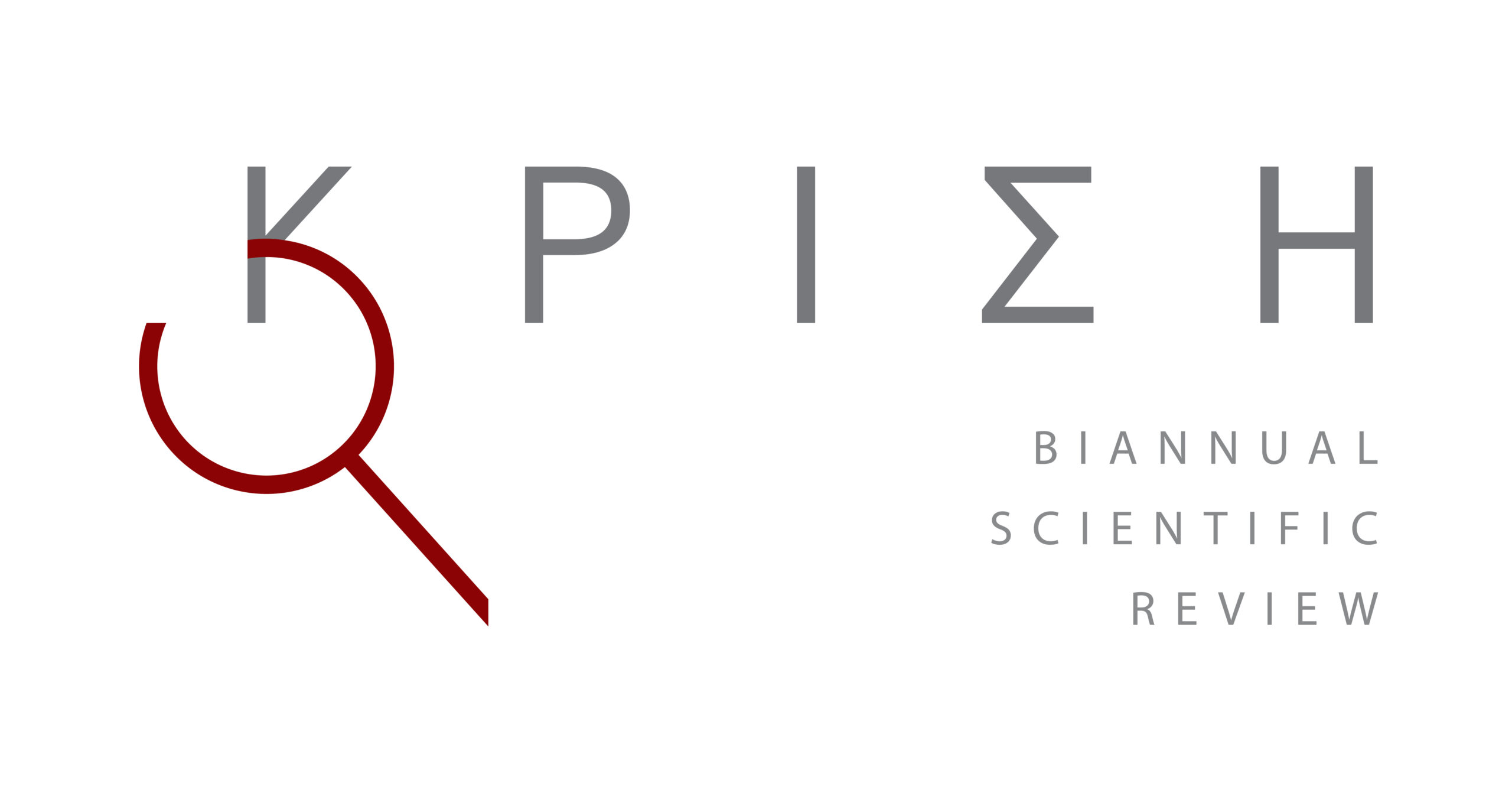How to approach the interaction of political and artistic radicalism circumventing the limitations of the often sterile reduction to the relationship between party and ideological identity with artistic practice? This paper attempts to answer this question by shifting attention to the issue of the artist’s position as a producer, a position determined by the institutions of art education and the politics of the profession. Focusing on the case of a communist group of artists during the last years of the Weimar Republic, the Association of Revolutionary Artists of Germany (Assoziation revolutionärer bildender Künstler Deutschlands or ASSO), it proposes a new methodological approach to the artistic radicalism of the interwar period in the light of an earlier phenomenon: the early 20th century applied arts reform movement. Through this relationship, the importance of other essential – though hitherto peripheral in art historiography – issues such as the crisis of intellectual labour (geistige Arbeit) and the question of the art proletariat is highlighted. The transformation of ASSO members into revolutionary artists, it is suggested, was a revolt against the logic of an educational reform intended to keep artisans of proletarian origin (as the majority of ASSO members were) in craft production. At the same time, however, this new ‘revolutionary’ art reproduced the hierarchical structure of the applied arts reform.
*Nikos Pegioudis holds a PhD in Art History (University College London). He teaches Art History at the Deree – The American College of Greece.
